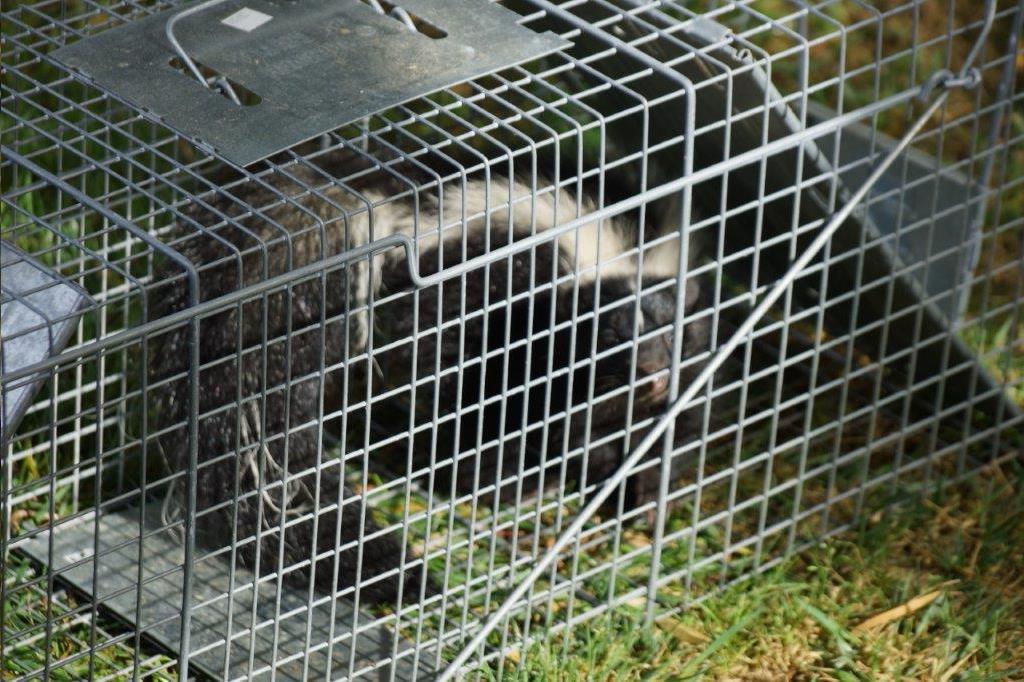
Appearance
Unlike some animals, skunks are fairly easy to distinguish from other species of animals thanks to a few distinctive features of their appearance. While skunks are widely known to be of a jet-black color with a white stripe that runs down the middle of their back from the top of their heads to the tip of their tails, there are also some that are of the brown variety, with the stripe being cream colored. Skunks also vary considerably in size, with some individuals growing to 37 inches long while others are only reaching a length of 15 inches. They also have very muscular legs with long claws at the ends.
Biology
Skunks reach sexual maturity at around one year of age and mate in the spring when the snow from the winter before has melted. They do not mate for life, and neither does the male stay after mating to look after the female and the kids. After a gestation period of about 60-70 days, the female gives birth to 4 to 7 young in a burrow she prepared beforehand.
Lifecycle
Baby skunks (also called kits) are born deaf and blind, and so are cared for by their mother who feeds hem her milk. The mother eventually weans her children for a period of around two months. After this time, the kits are free to leave their mothers in search of their own dens but are allowed to stay with them for a year, when they reach sexual maturity. Skunks in the wild usually live up to only five years but live almost twice the age in captivity.
Habitat
Skunks are indigenous to mostly North America, with only a few species belonging to south-eastern parts of Asia like Indonesia and the Philippines. Skunks prefer to live in temperate regions where the weather isn't too hot, and the winters snowy, but not harsh. When it comes to choosing a home, skunks really aren't that picky; they live in burrows that they either dig on their own or reoccupy abandoned burrows of other animals.
Diet
Like many of your garden variety pests such as opossums, skunks are omnivores, meaning they have little difficulty finding food. However, their diet changes from season to season, since the availability of food fluctuates throughout all this time. They've been known to enjoy fruits and vegetables, as well as feast on small rodents, lizards, insects, frogs, and even small birds.
Behavior
Except for the mating season and winters when they huddle together for warmth, skunks are generally solitary animals that prefer to keep to themselves. They aren't generally aggressive, though the mother will attack to protect its young. When backed into a corner, they spray their attacker with an oily liquid, the odor of which they are most famous for.
Go back to the St Charles Parish wildlife removal home page.